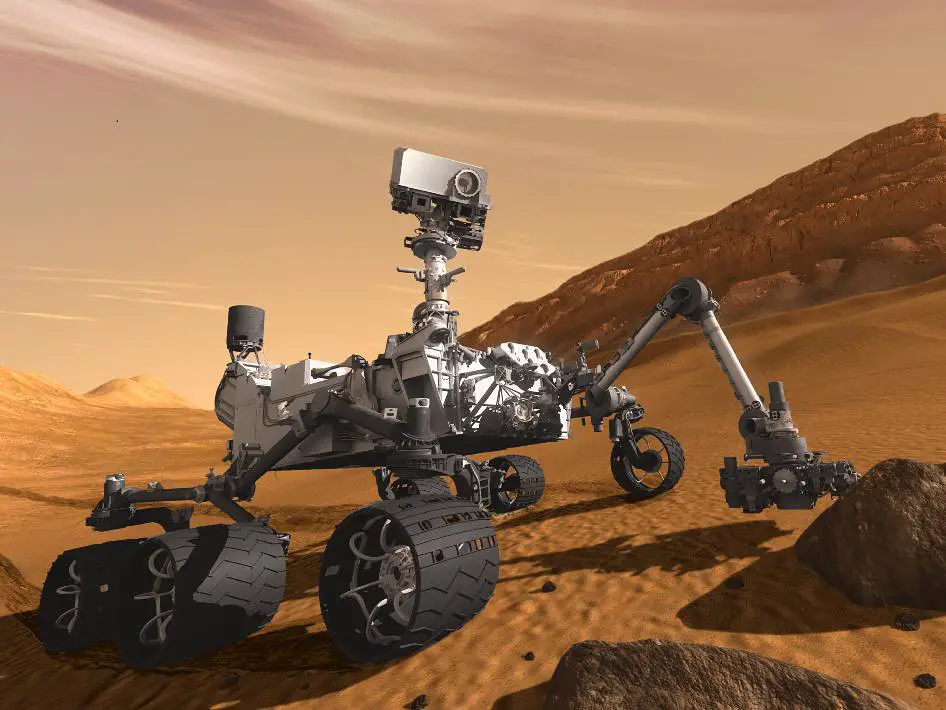Mars is the fourth planet from the Sun and is often referred to as the Red Planet due to its reddish appearance. The planet Mars was named after the Roman god of war and has been a popular subject for science fiction writers, artists, and filmmakers over the years.
Before NASA successfully landed a rover on Mars, the agency sent out several smaller “faster, better, cheaper” missions to test technology and assess potential landing sites. These successful missions paved the way for the more comprehensive and ambitious Curiosity mission. NASA’s Mars Exploration Program is a long-term effort of robotic exploration of the planet Mars. The program has provided information about Martian climate and geology and answered several key questions about whether there has been life on Mars.
How Are Scientists Working To Explore Mars?
In the next decade, NASA plans to send a probe to Mars to drill into the surface and collect samples for analysis. In advance of this mission, scientists are working on ways to search for traces of life – not just fossilized remains – but living microbes. The role of scientists in exploring mars is important because they are the ones who have to explore all the aspects of mars. They have to find out whether there is life on mars or not and how it happens. They have to study the surface, atmosphere, gravity, water, and soil so that they can know more about mars.
According to NASA, Mars has been a source of fascination for centuries. When astronomer Giovanni Schiaparelli observed features on the planet’s surface in 1877, he called them Canali, meaning ‘channels.’ The observation set off a frenzy of speculation and debate over whether Mars had intelligent life. At the time, it was believed that inhabitants were living in cities and large irrigation systems.
The history of Mars exploration
When Mariner 4 flew by Mars on July 14, 1965, it beamed back a blurry, 5-by-7-inch black and white image of what appeared to be a cratered world somewhat smaller than Earth. That marked humanity’s first close encounter with another planet and began four decades of robotic exploration of our solar system’s rocky red neighbor that have yielded an impressive amount of knowledge about an often overlooked body. The latest mission is NASA’s MAVEN orbiter, which arrived in orbit around Mars in September 2014 and has been studying its upper atmosphere for clues about how its climate changed over time. The spacecraft is expected to continue gathering data through at least 2018.
Atmosphere Of Mars
Mars is a barren planet. The atmosphere, consisting mainly of carbon dioxide and small amounts of nitrogen and argon, is thinner than Earth’s. There are also high levels of radiation that would make it difficult for astronauts to explore the surface for extended periods. 600 pascals (0.087 psi) are the atmospheric pressure which is around 1 percent less than the mean sea level of Earth. Both ground-based telescopes and spacecraft have detected water vapor.
Summed up
Mars exploration is being done because there is water on mars that can be used for human beings’ survival. Scientists are trying to create a future on Mars. They are planning to colonize the red planet so that they can shift the human race from Earth. A lot of research is still going on to detect the elements of life.
Scientists have always been fascinated by the idea of Mars due to its mystery. It is a planet similar to Earth, but it lacks one crucial element. Water. The scientists believe that there is water on Mars in ice, which could sustain life forms if found in large quantities. They are hoping that by 2040, they will be able to explore mars and discover other planets that may support life.
![]()
